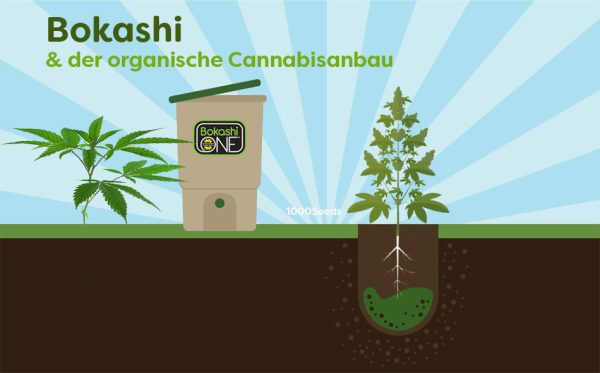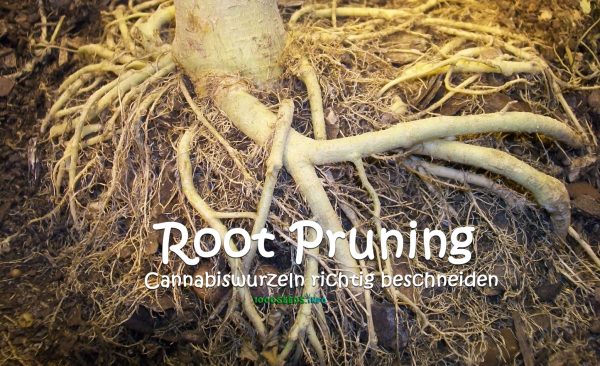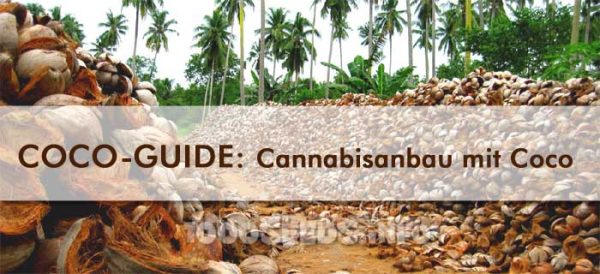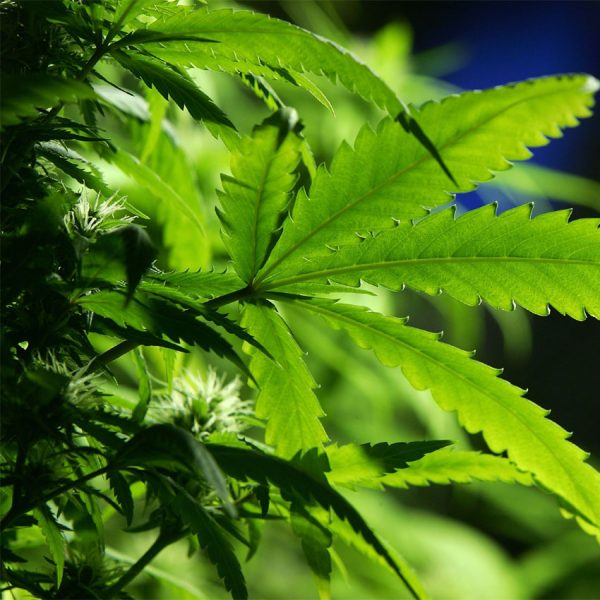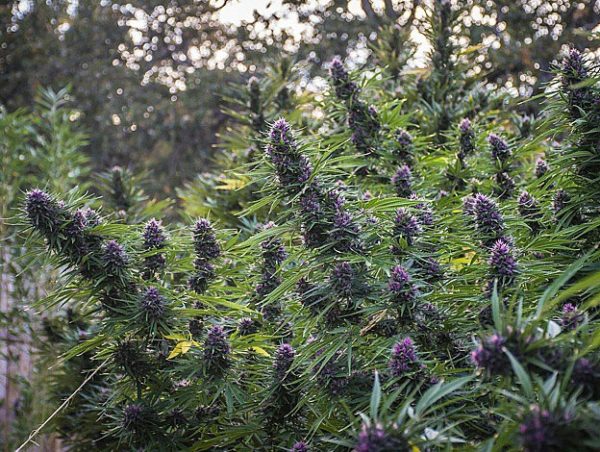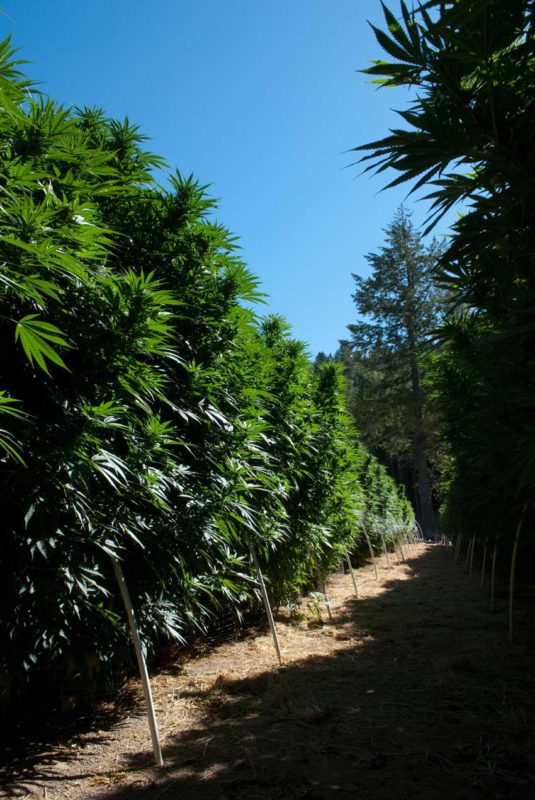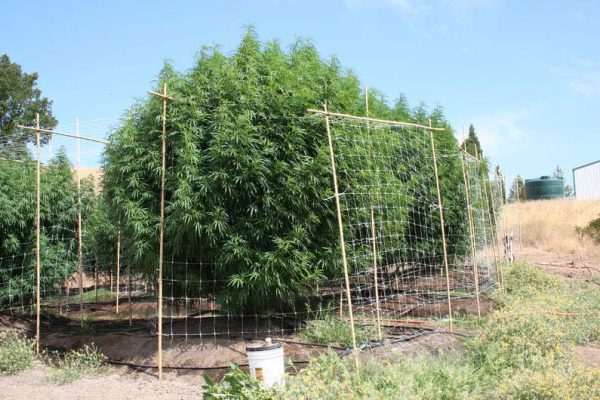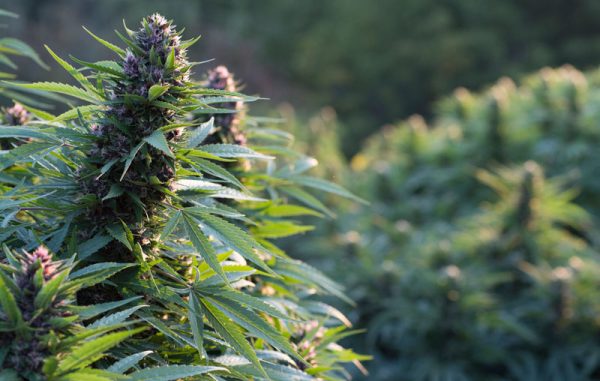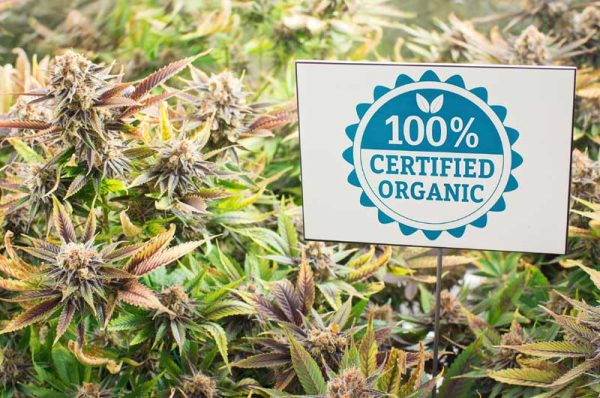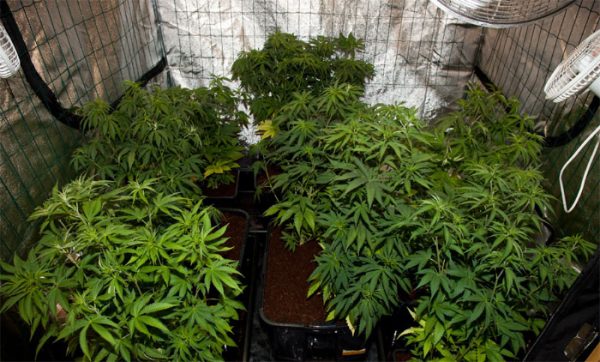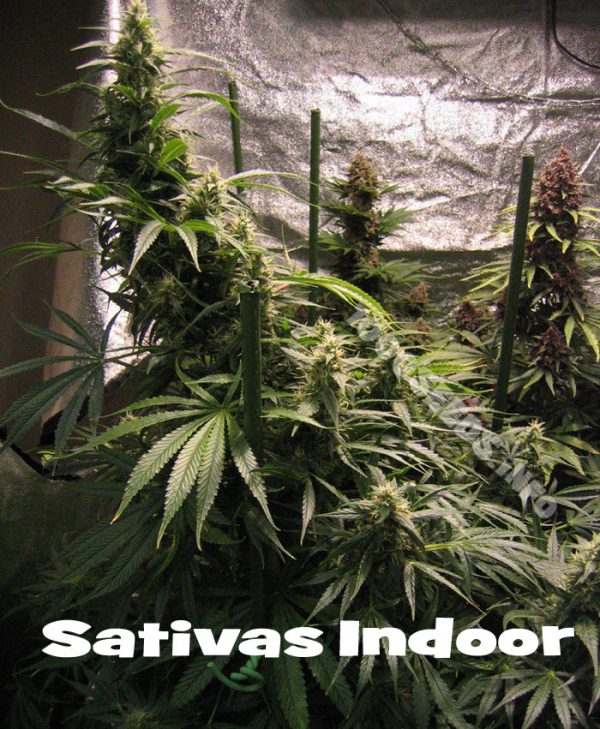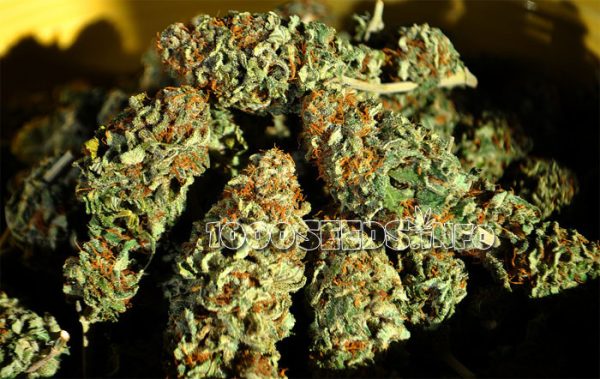Homemade compost for outdoor growing
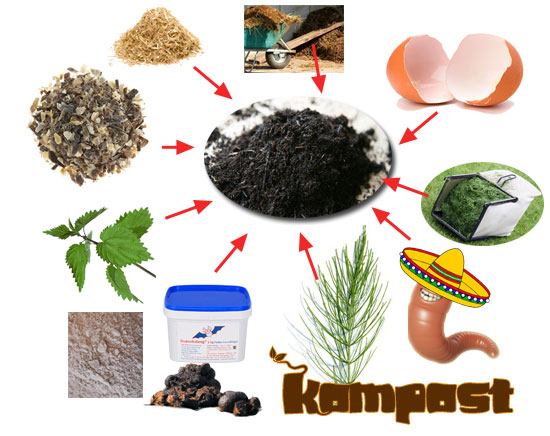
Compost is a very good organic fertiliser for cannabis plants, consisting of decomposed solids and semi-solids, and is mainly used for outdoor growing. Compost can help prevent or solve many problems that can occur outdoors and it is an excellent addition to soil. With its fibrous structure, it retains nutrients and moisture. Many outdoor growers love compost because it is cheap, plentiful, amazingly productive and it improves soil drainage. In addition, compost contains lots of microorganisms that are important for healthy growth of cannabis plants and help make nutrients ideally available to the plants.
During composting, easily usable organic material is decomposed and broken down under the influence of bacteria, fungi and oxygen. Minerals such as nitrates, phosphates, potassium, magnesium and other nutrients become available.
Compost is used to improve the soil structure, to recultivate areas, to produce planting substrates and organic soil mixtures. A quite versatile product that is especially pleasing to cannabis plants.
Use of the compost:

- Compost as a proportion of the substrate in larger and large outdoor planters for organic long-term fertilisation
- Mixed directly into the soil in your own garden
- in guerrilla cultivation, to improve the existing soil, as a slow-release fertiliser
- Use as mulch: a layer of very mature compost is spread on the soil around the plant.
- generally as a valuable, nutrient-rich component in your own soil mixture
When using compost, make sure that it is really mature (at least 1 year old) and that all material is completely composted or rotted. Organic matter that is not fully decomposed removes nitrogen from the soil instead of releasing it. A mature and high-quality compost has a dark brown, almost black colour.
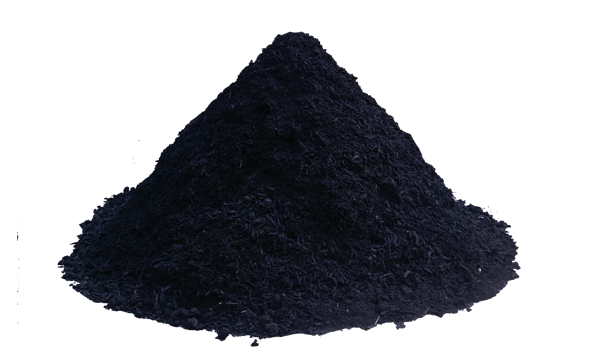 The right location for the compost (heap)
The right location for the compost (heap)
A half-shaded, wind-protected place under a tree is the ideal location for the compost. The subsoil of the compost must not be closed with slabs, tar coating or similar, because otherwise rotting can occur. The compost heap should be a maximum of 2 m high.
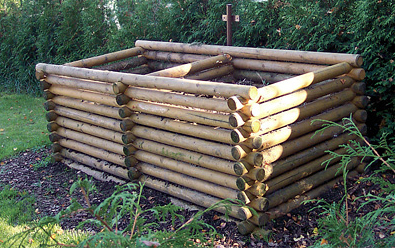
Different design of composters
For compost in your own garden, simple wooden frames, wire frames, Vermicomposter or ready-made composters from the DIY store are suitable. It is best to always set up two compartments (frames) so that the second composter can be filled immediately when the first is full. Many growers and gardeners build their own compost frames. This can either be made of wood, bricks or woven as shown below. There are no limits to the imagination.

What can go into the compost?
- Manure from sheep, goat, horse, rabbit or cattle (the older the better, best mixed with straw and not with wood litter)
- Freshly mown grass: if a pile is formed from it, temperatures of up to 80° Celsius are created inside due to the rotting process. This has the advantage that pests die off.
- Coffee grounds
- Shredded branches, twigs
- Nettle pruning
- freshly cut horsetail (I recommend planting this in your own garden so you always have enough)
- Eggshells
- Straw, hay
- Seaweed, sea alga
- Horn shavings
- Organic additives such as: Rock meal/rock powder, bone meal, fish meal, guano, dolomite lime, algae powder
It is okay to be a little picky about what you put in the compost. The aim is to produce a very high quality and reliable compost especially for cannabis and not so much to get rid of all kinds of garden waste and organic residues. Another compost heap a good distance away is suitable for this.
What must not go into the compost?
- Inorganic waste (glass, plastic, metal, etc.)
- Plant residues that may be contaminated with pests or dangerous fungi.
- Paper, newspapers
- Hoover bag
- Meat, fish (-> extreme odour, danger of harmful bacteria and fungi, danger of heavy maggot infestation...)
- Dog or cat faeces (similar to meat)
- Leftovers/cooked food waste (can be put on the compost to a certain extent, but if it is a "cannabis compost" I would rather leave it alone for the sake of safety, because there are always a lot of undesirable additives (e.g. too much salt, leftover meat, additives....)
- Plant parts that have been treated with chemicals or are suspected of having been treated with chemicals. Ordinary banana peels, for example, cannot bring as many valuable substances into a compost as they contain chemicals on their peel, many do not consider this. This can lead to an undesired accumulation of chemical substances in the compost, which is precisely what organic and medicinal gardeners want to avoid.
- Wood shavings and coarse branches should not be brought in, or not too much, because on the one hand they are quite acidic and on the other hand, due to the long rotting process, they deprive the soil of the available nitrogen for a correspondingly long time.
What needs to be considered?

The necessary components for composting are: Water, oxygen, nitrogen and carbon.
- Oxygen: Microorganisms are responsible for decomposition and the rotting process. These die if the compost heap is too wet, dense and soggy. Then not enough oxygen can penetrate. If it rains too much, the compost heap can be covered with a foil for a limited period of time. The compost should be interspersed with different and, above all, fibrous materials; it is best to put a layer of straw in between every now and then for good aeration, turn the compost from time to time with a pitchfork or similar and mix it roughly.
- Water is necessary for composting, the compost should be moist but not wet. If the compost dries out too much in summer, you should water the surface with a sprinkler.
- There should always be a good mix of green stuff (like grass clippings) and fibrous organic matter so that there is some heating in the compost. (Coarse material mixed with fine).
- You should not use (too large) branches or twigs, because they take a long time to decompose. If branches are used in the compost, they should always be chopped beforehand.
- The entire compost should be turned at least twice a year to allow for good aeration and mixing.
- Whenever and wherever you find a healthy and active earthworm in your garden, take it and relocate it to your compost heap, where it will feel at home and actively participate in the production of high quality compost. There should be earthworms in every compost heap. The so-called red manure wor m or also known as compost worm can eat 1.5 times its own body weight every day. That even exceeds the hunger of my extremely food-loving dog Gastone. The worm multiplies quickly and its participation causes a crumbly structure of the compost. This in turn leads to a good distribution of water and oxygen in the compost.
- We recommend the use of Hypoaspis Miles on the compost heap. The preparation is useful predatory mites placed in vermiculite with a very broad prey spectrum: this includes fungus gnats (larvae), marsh fly larvae, thrips pupae, springtails, nematodes, eggs of Duponchelia Fovealis, soft skin mite Rizoglyphus robini , but the predatory mite also eats harmful fungi at the same time. At 25° degrees, the development of Hypoaspis Miles takes about 12 days. All active stages of this useful predatory mite species are predatory against the pests mentioned. Depending on the respective soil structure, they mainly stay in the upper layer of the soil. If there is no sufficient prey, Hypoaspis can go without food for several weeks, for which reason even preventive use makes sense. In contrast to certain nematodes, which act more quickly but also for a shorter period, Hypoaspis sets in more slowly and acts over several months. The vermiculite predatory mite preparation is simply sprinkled over the plants (not mixed into the substrate) or scattered under the grow table, where there are often sources of infection from fungus gnats or marsh flies. For prophylactic use, 100 animals per square metre are sufficient. In case of an already existing infestation, 250 animals per sqm should be released. Hypoaspis Miles is a very effective, versatile and powerful biological pest control agent throughout the grow.
Set up compost
When the frame of the compost is placed in the right place, the bottom layer is filled with chopped or shredded (not too big) branches. This ensures good aeration. On top of this, you can already throw in the organic material that is to be composted. It is best to mix many different materials that are suitable, so that the compost is aerated and remains loose.
a possible substrate mixture with compost
- 1/3 Coco substrate
- 1/3 perlite or vermiculite
- 1/3 compost
A well rotted high quality and properly made compost makes strong, healthy and resilient cannabis plants and provides intense aromas and flavours later in the finished product.







